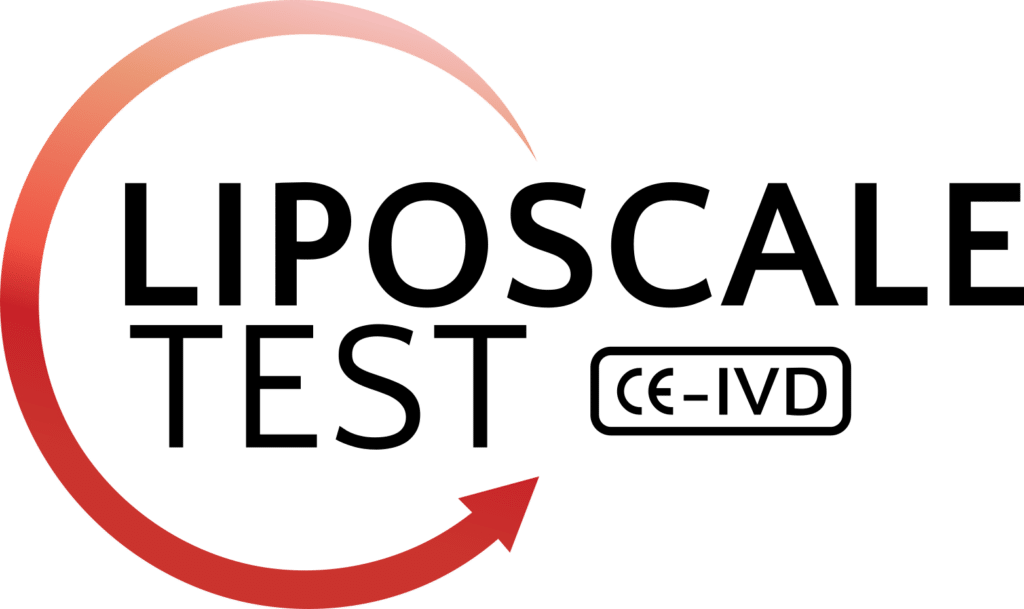Abstract
Methods
We obtained sera from 124 patients with COVID-19, 50 patients with catheter-related bacterial infections, and 50 healthy volunteers. Results were interpreted using machine learning.
Results
COVID-19 patients had bigger and more abundant VLDL particles than the control group and higher VLDL-cholesterol and VLDL-triglyceride concentrations. Patients with bacterial infections showed similar trends, but differences often did not reach statistical significance. Both types of patients showed lower LDL-cholesterol concentrations than the controls. LDL were larger, and the number of particles was lower than that of the healthy individuals. HDL particles had decreased cholesterol and increased triglycerides. Small particles were reduced. Glycoproteins were increased in both groups of patients. All these alterations were more pronounced in COVID-19 patients than those with bacterial infections. The diagnostic accuracy of these profiles exceeded 90 % when distinguishing between healthy individuals and patients, and 85 % when differentiating between the two patient groups.
Conclusion
Our findings highlight the potential of 1H NMR analysis for lipoproteins and glycoproteins as infection biomarkers. Additionally, they reveal differences between viral and bacterial infections, shedding light on an area with promising clinical significance.


